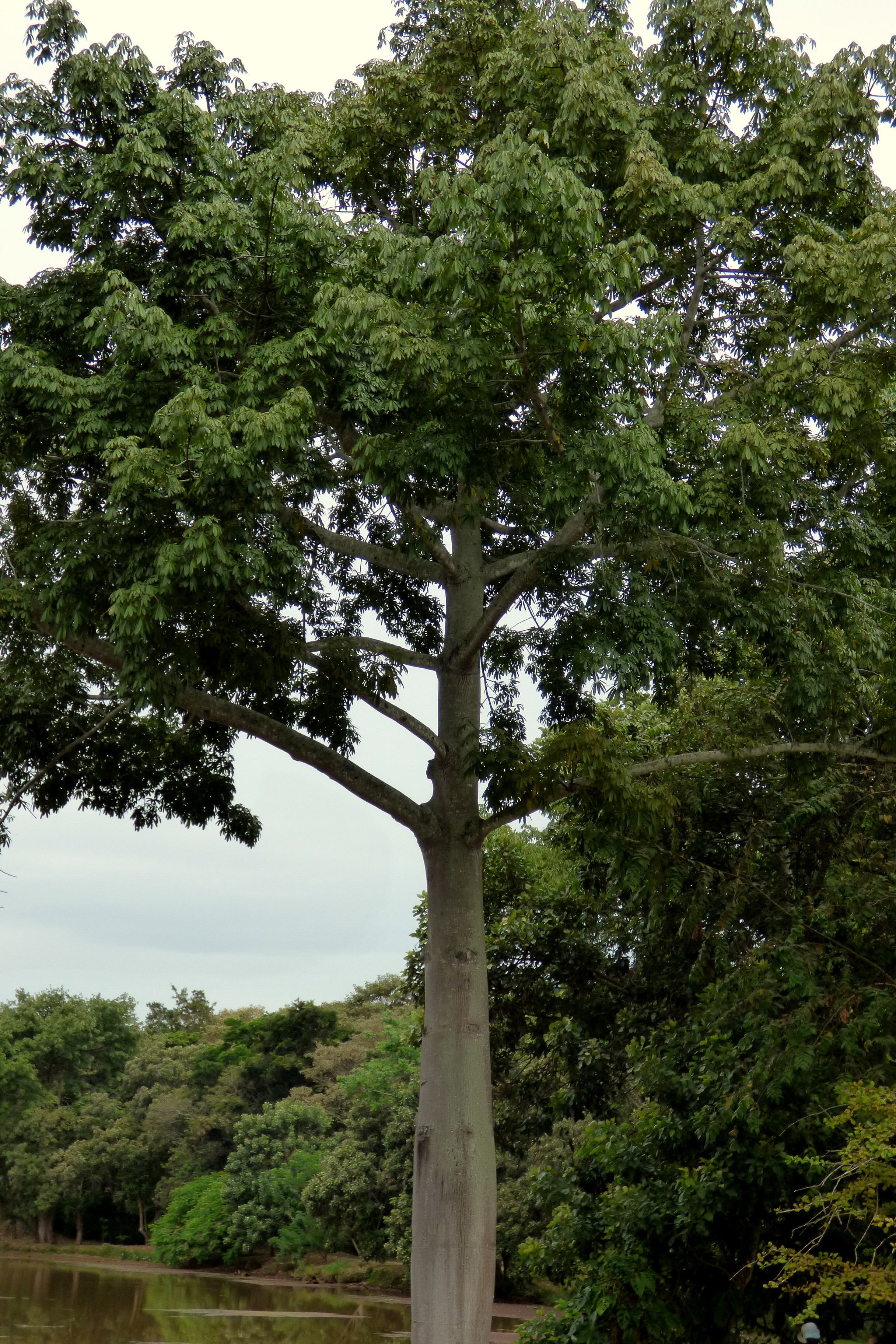Yaguas National Park on:
[Wikipedia]
[Google]
[Amazon]
 Yaguas National Park was created on January 11, 2018 and is located in the
Yaguas National Park was created on January 11, 2018 and is located in the
''Yaguas''
''sernanp.gob.pe'', retrieved January 11, 2019.
 Yaguas National Park was created on January 11, 2018 and is located in the
Yaguas National Park was created on January 11, 2018 and is located in the Loreto Region
Loreto () is Peru's northernmost department and region. Covering almost one-third of Peru's territory, Loreto is by far the nation's largest department; it is also one of the most sparsely populated regions due to its remote location in the Ama ...
of Peru near the border with Colombia
Colombia (, ; ), officially the Republic of Colombia, is a country in South America with insular regions in North America—near Nicaragua's Caribbean coast—as well as in the Pacific Ocean. The Colombian mainland is bordered by the Car ...
. It covers an area of 8,689 km² (2,147,100 acres) of tropical forest. Along with Río Puré, Cahuinarí and Amacayacu National Park
Amacayacu National Natural Park ( es, Parque Nacional Natural Amacayacu) is a national park located along the Amazon River in the Amazonas Department in the south of Colombia. The word "Amacayacu" means "River of the Hamocs" in the indigeno ...
in Colombia, as well as the Regional Conservation Areas ''Maijuna Kichwa'' and ''Ampiyacu Apayacu'' in Peru, it is part of a huge biological corridor.
Climate
The climate is tropical with an average temperature of 31 °C and a relative humidity of 80% all year. The daily precipitation varies from 3.5 mm in August to 9.5 mm in March. The average yearly precipitation is 2827 mm.Fauna
There are approximately 600 species of birds, 150 species of mammals, 110 species ofamphibian
Amphibians are tetrapod, four-limbed and ectothermic vertebrates of the Class (biology), class Amphibia. All living amphibians belong to the group Lissamphibia. They inhabit a wide variety of habitats, with most species living within terres ...
s, and 100 species of reptile
Reptiles, as most commonly defined are the animals in the class Reptilia ( ), a paraphyletic grouping comprising all sauropsids except birds. Living reptiles comprise turtles, crocodilians, squamates (lizards and snakes) and rhynchocephalians ( ...
s in the national park, such as brown woolly monkey
The common woolly monkey, brown woolly monkey, or Humboldt's woolly monkey (''Lagothrix lagothricha'') is a woolly monkey from Colombia, Ecuador, Peru, Bolivia, Brazil, and Venezuela. It lives in groups of two to 70 individuals, usually splitting ...
, anteater
Anteater is a common name for the four extant mammal species of the suborder Vermilingua (meaning "worm tongue") commonly known for eating ants and termites. The individual species have other names in English and other languages. Together with ...
, South American tapir, giant otter, Amazonian manatee
The Amazonian manatee (''Trichechus inunguis'') is a species of manatee that lives in the Amazon Basin in Brazil, Peru, Colombia and Ecuador. It has thin, wrinkled brownish or gray colored skin, with fine hairs scattered over its body and a whit ...
, Amazon river dolphin, caiman, and yellow-footed tortoise. More than 300 species of fish are also found in the park, among them fish that cross the forest not swimming nor floating down a river, feeding on fruits and living in branches and Arapaima gigas, the largest freshwater fish in the world.
Flora
More than 3,500 species of plants abound in the park, among them '' Hura crepitans'', ''Cedrelinga cateniformis
''Cedrelinga'' is a genus of tree
In botany, a tree is a perennial plant with an elongated stem, or trunk, usually supporting branches and leaves. In some usages, the definition of a tree may be narrower, including only woody plants wit ...
'', '' Simarouba amara'', ''Macrolobium acaciaefolium
''Macrolobium'' is a legume genus in the subfamily Detarioideae. It is a tropical genus with about 80 species. Half occur in Brazil, where they are common in the floodplains of the Amazon rainforest, Amazonian Basin. Members of the genus are used ...
'' and '' Ceiba pentandra''.''sernanp.gob.pe'', retrieved January 11, 2019.
References